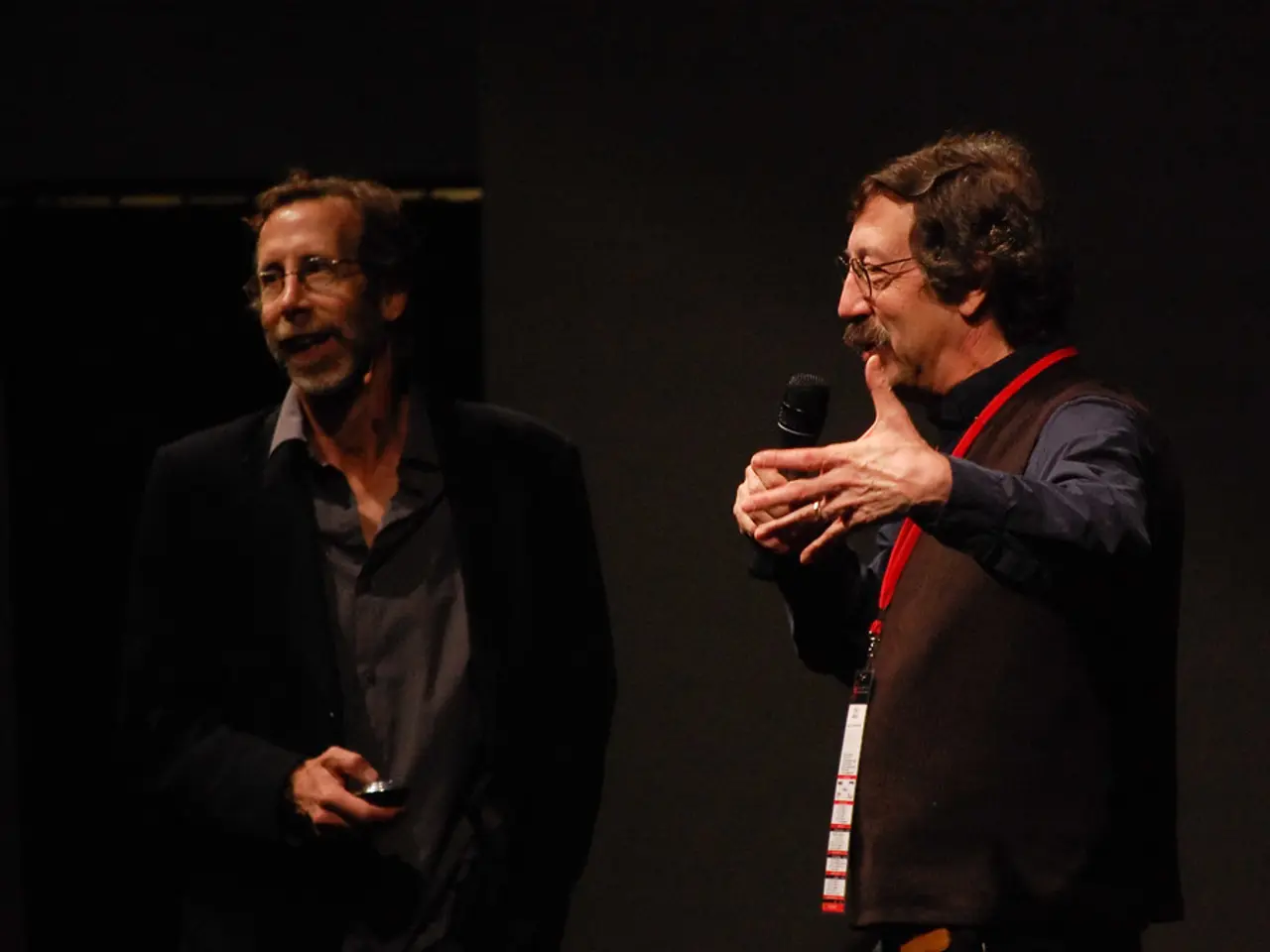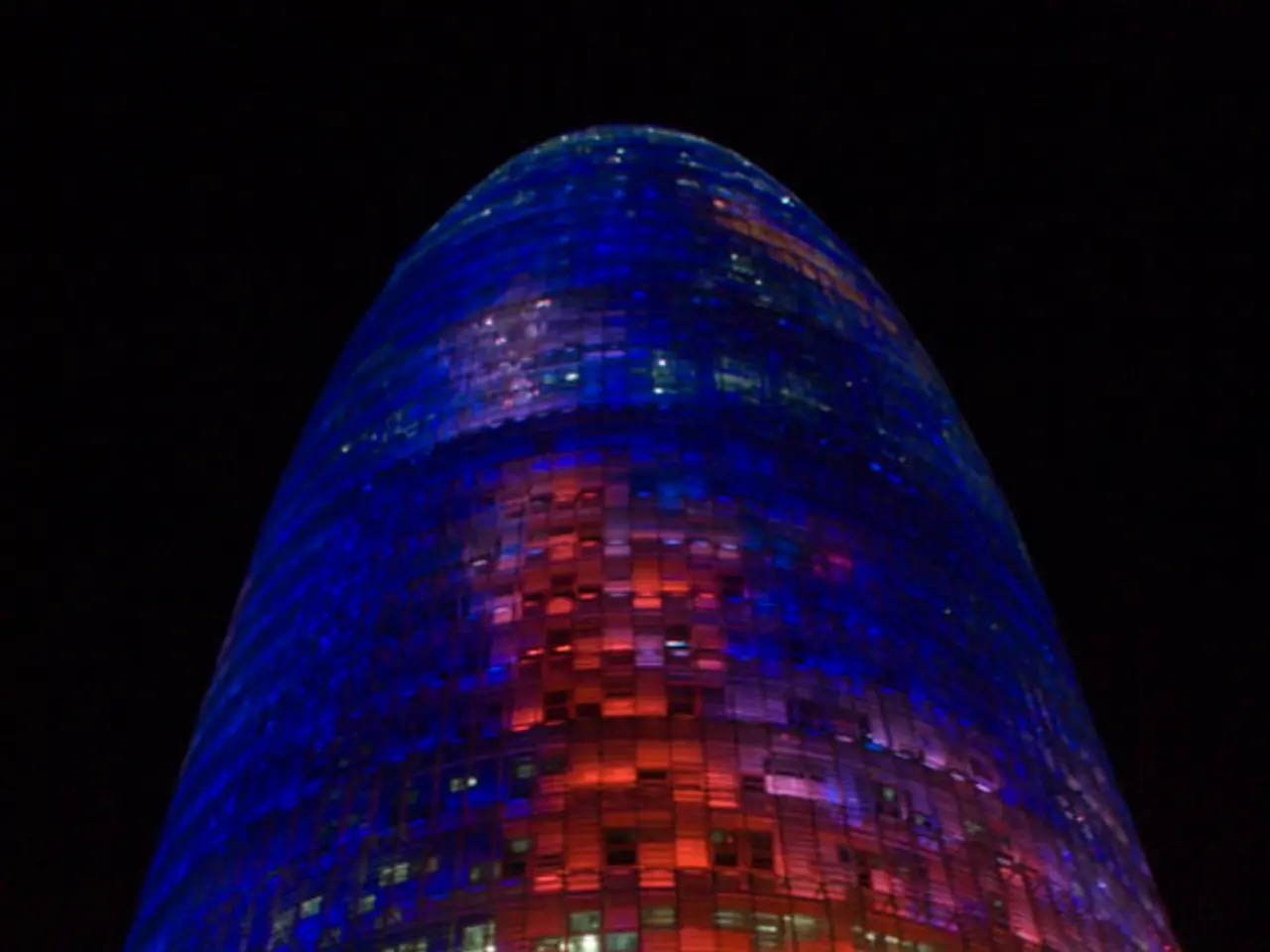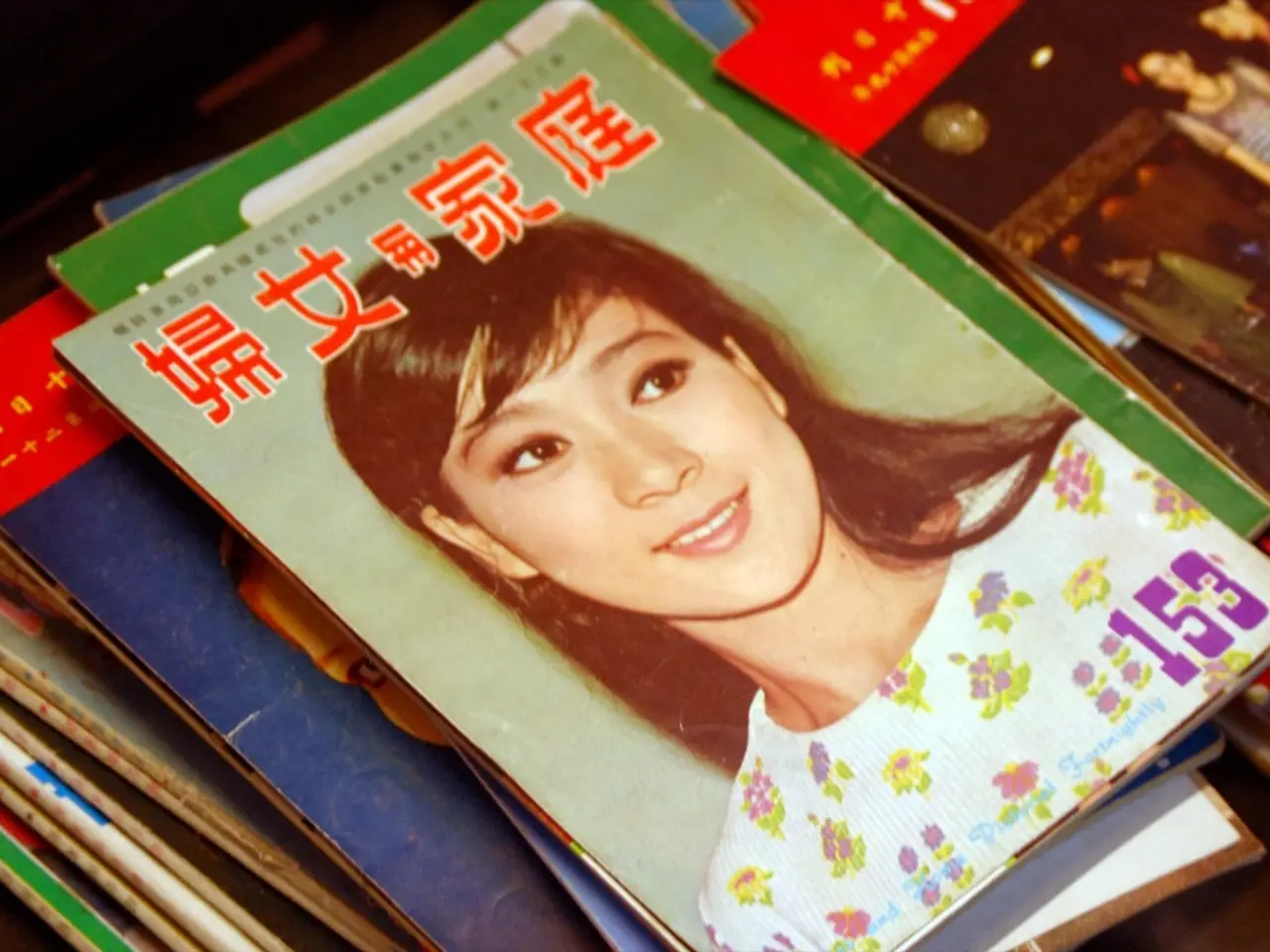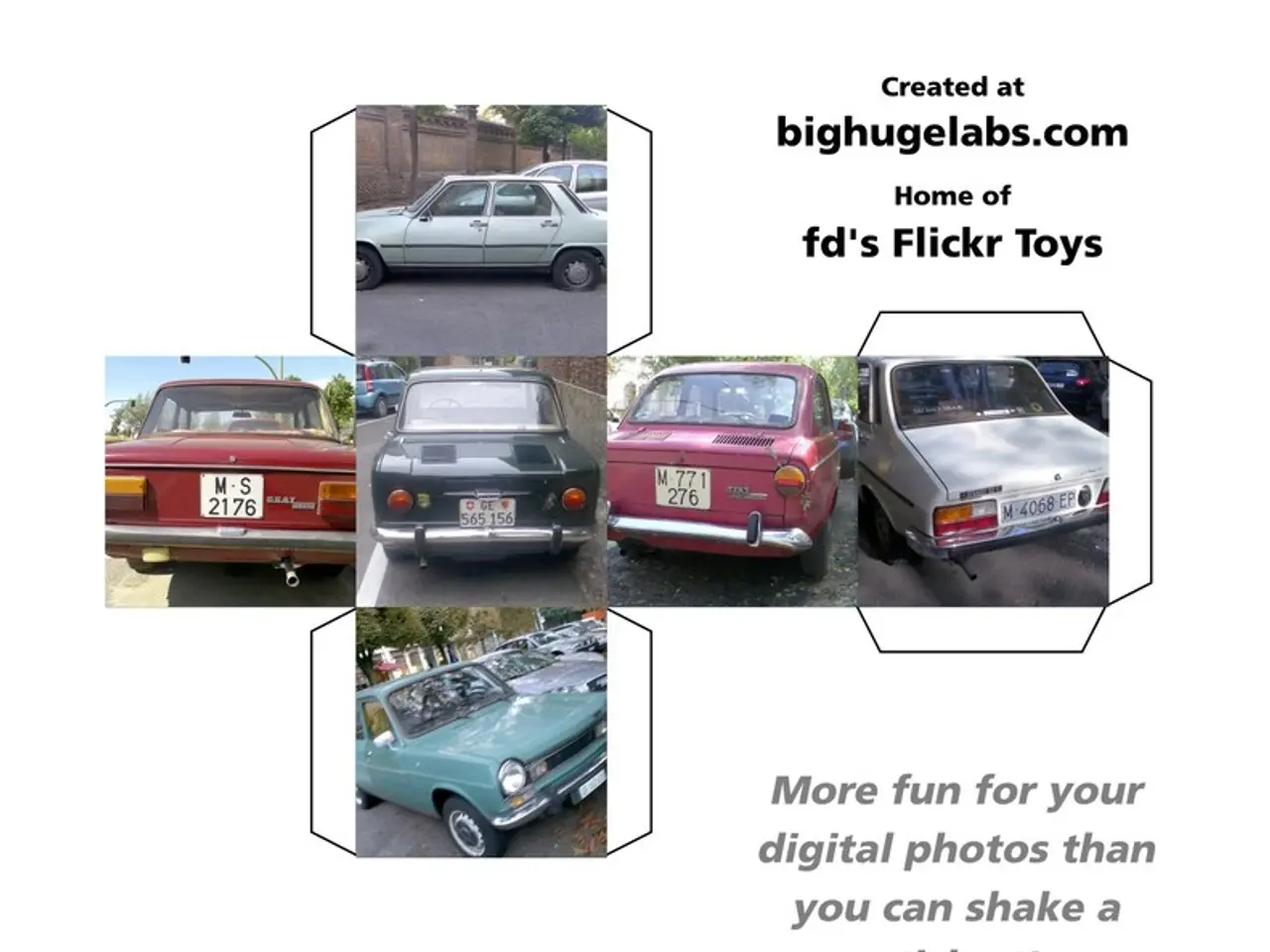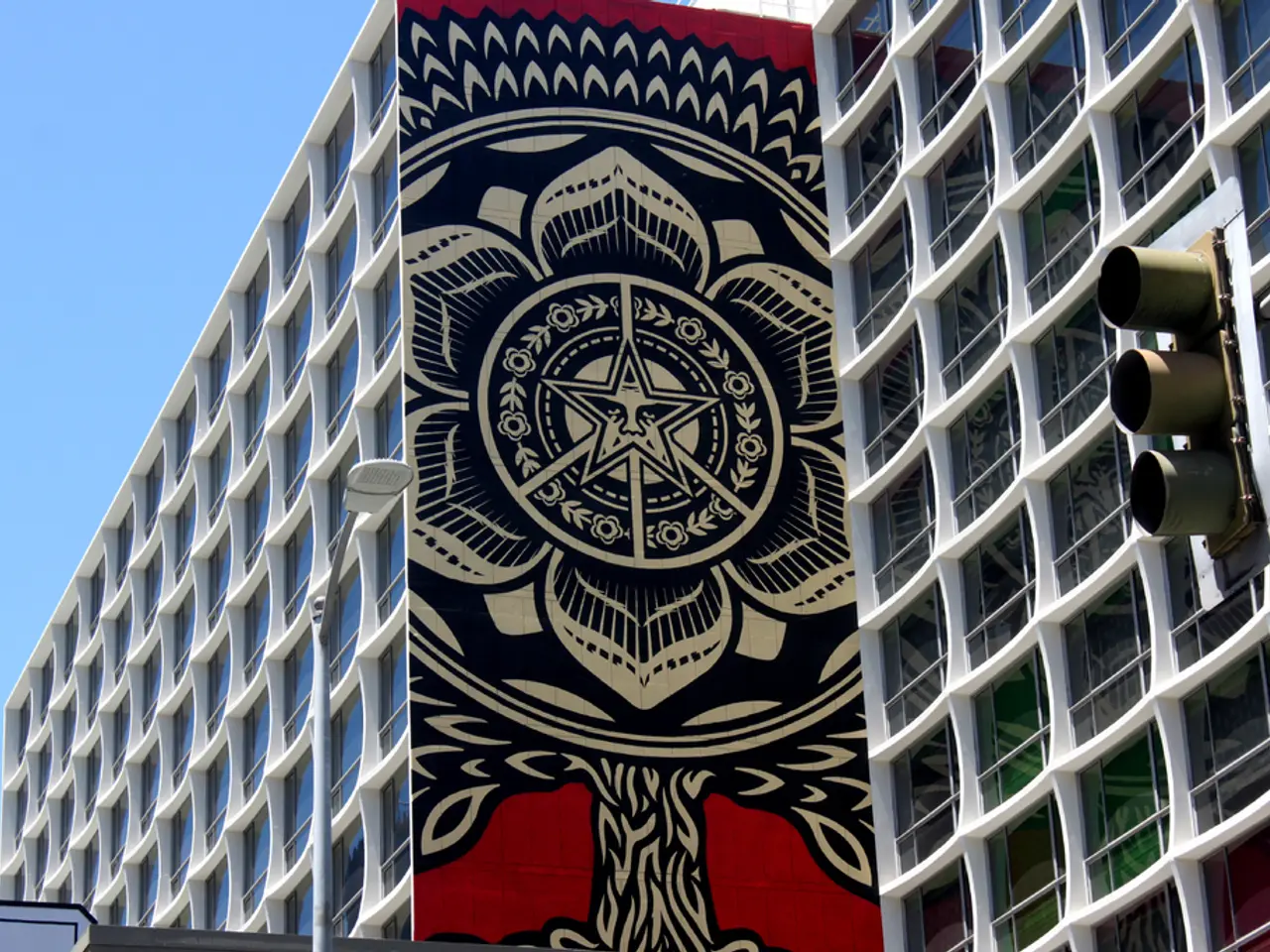Political Memes' Influence in Indian Elections: A Valuable Tool for Campaign Strategies
Memes, once confined to light-hearted jokes and internet banter, have become a significant tool in Indian politics, shaping public opinion, and influencing elections. These visual representations of ideas, often humorous or satirical in nature, have transformed into central elements of campaign strategies, both at the national and state levels.
One of the key ethical guidelines for meme use in politics is transparency about sponsorship and respect for factual accuracy. This is crucial in preventing the spread of misinformation and maintaining voter trust. However, paid promotions by meme influencers often lack transparency, making it difficult for voters to distinguish between genuine grassroots content and sponsored political messaging.
The Election Commission of India faces significant challenges regulating political memes due to their volume, speed, and decentralized nature on social media. Regional micro-memes will gain prominence as parties focus on hyperlocal issues and community identities. To address this, political stakeholders should develop specialized meme teams with regional language expertise to create culturally relevant content.
Memes simplify complex political ideas, deliver punchy messages, and spark viral conversations. They blend humor with ideology, mockery with messaging, and entertainment with persuasion. Relatability is central to meme effectiveness, as they reflect shared experiences, social norms, or popular culture. Indian political memes often incorporate caste markers, religious iconography, or references to film and folklore to build deeper connections.
Memes have become a significant tool in Indian politics, used for deliberate creation, adaptation, and dissemination of visual content to influence public perception, amplify narratives, and engage voters. Memes serve as high-impact political signals that spread faster than traditional media narratives.
Meme strategy in Indian politics encompasses digital teams of political parties, IT cells, meme influencers, coordinated social media groups, bots, paid campaigns, and meme farms. Meme warfare involves using memes strategically to attack opponents, defend against criticism, and create a positive image of leaders. Counter-memes serve as quick responses to opponents' attack memes or negative coverage, while constructive memes focus on enhancing the public image of leaders and reinforcing positive messages.
However, the use of memes in Indian political campaigns presents significant ethical and regulatory challenges. Memes simplify complex political issues into emotionally charged, often misleading visual content that is easily shared on social media platforms, fostering political toxicity and undermining reasoned democratic discourse. Ethically, meme warfare tends to propagate false or distorted claims, incite outrage, and ridicule opponents rather than promote informed debate, which can deepen societal divisions and polarize voters.
Regulatory challenges include the difficulty of monitoring and controlling meme-based content due to its informal, viral nature. Existing rules for political advertising and misinformation struggle to keep pace with rapid digital meme proliferation during elections, complicating efforts to enforce truthfulness and prevent disinformation. Social media platforms face increasing scrutiny to implement content regulation, fact-checking, and transparency measures specifically during election campaigns, yet enforcement remains inconsistent and technologically challenging.
In summary, Indian political memes exemplify how visual disinformation and emotive messaging exploited via online platforms create a toxic political environment. This situation demands updated legal frameworks and ethical guidelines to ensure democratic integrity without stifling free expression, addressing coordinated disinformation, and promoting media literacy among voters.
[1] Chaturvedi, P. (2020). A Digital Republic: India's New Disinformation Order. Oxford University Press.
[2] Kumar, A., & Srivastava, A. (2020). Memes as Political Communication: A Case Study of Indian Elections. Journal of Contemporary South Asia, 30(1), 11-24.
[3] Rao, S. (2019). The Dark Side of the Internet: Digital Media, Democracy, and Disinformation in India. Oxford University Press.
[4] Srivastava, A. (2020). Memes, WhatsApp, and the Indian Elections: A Study of the Digital Political Landscape. Journal of Information Technology & Politics, 17(2), 205-218.
- The growing utilization of memes in Indian politics has raised concerns about data analytics, as meme campaigns generate a wealth of user data that can be used for branding purposes.
- Social media platforms are increasingly used for campaign strategy, with digital campaigns employing a combination of meme influencers, coordinated social media groups, bots, and paid campaigns to shape public opinion.
- To maintain the integrity of political discourse, it is essential to ensure the accuracy of memes, as misinformation can lead to disinformation and misguide the voting public.
- As meme warfare intensifies, it is crucial to develop a deeper understanding of meme analytics to counter negative or misleading messages and foster constructive political dialogue.
- The increasing use of regional micro-memes highlights the need for fluidity in campaign strategy, with specialized teams immersed in local cultures and languages to create culturally relevant content that resonates with specific demographics.
- The future of Indian politics lies in harnessing the power of memes while adhering to ethical guidelines and effective regulation to maintain the transparency, accuracy, and authenticity of political discourse on social media.
